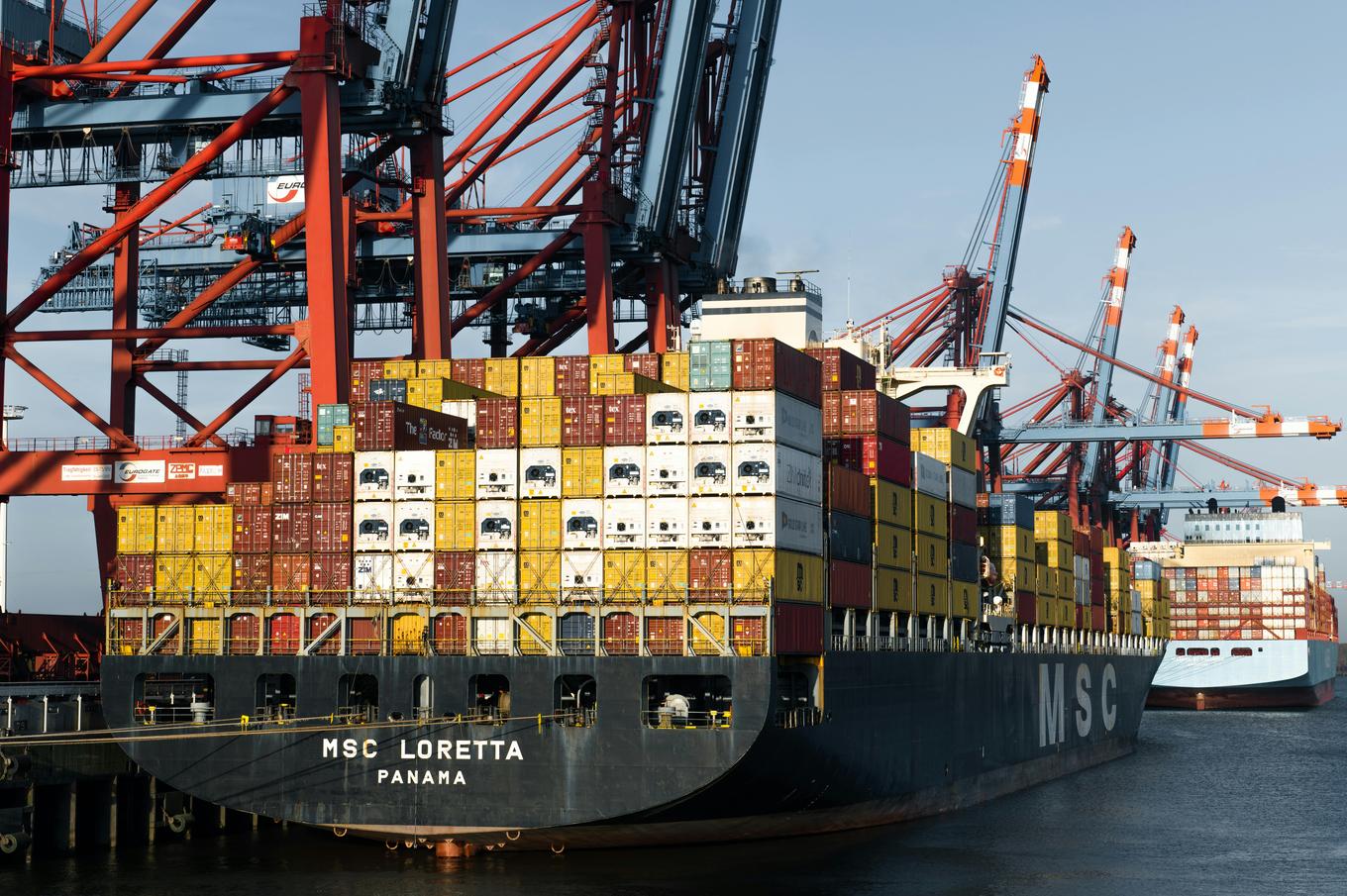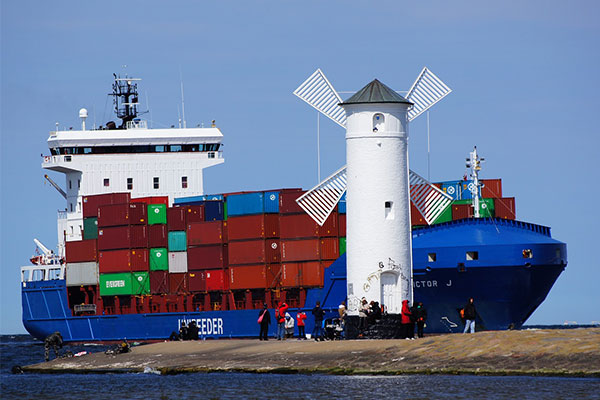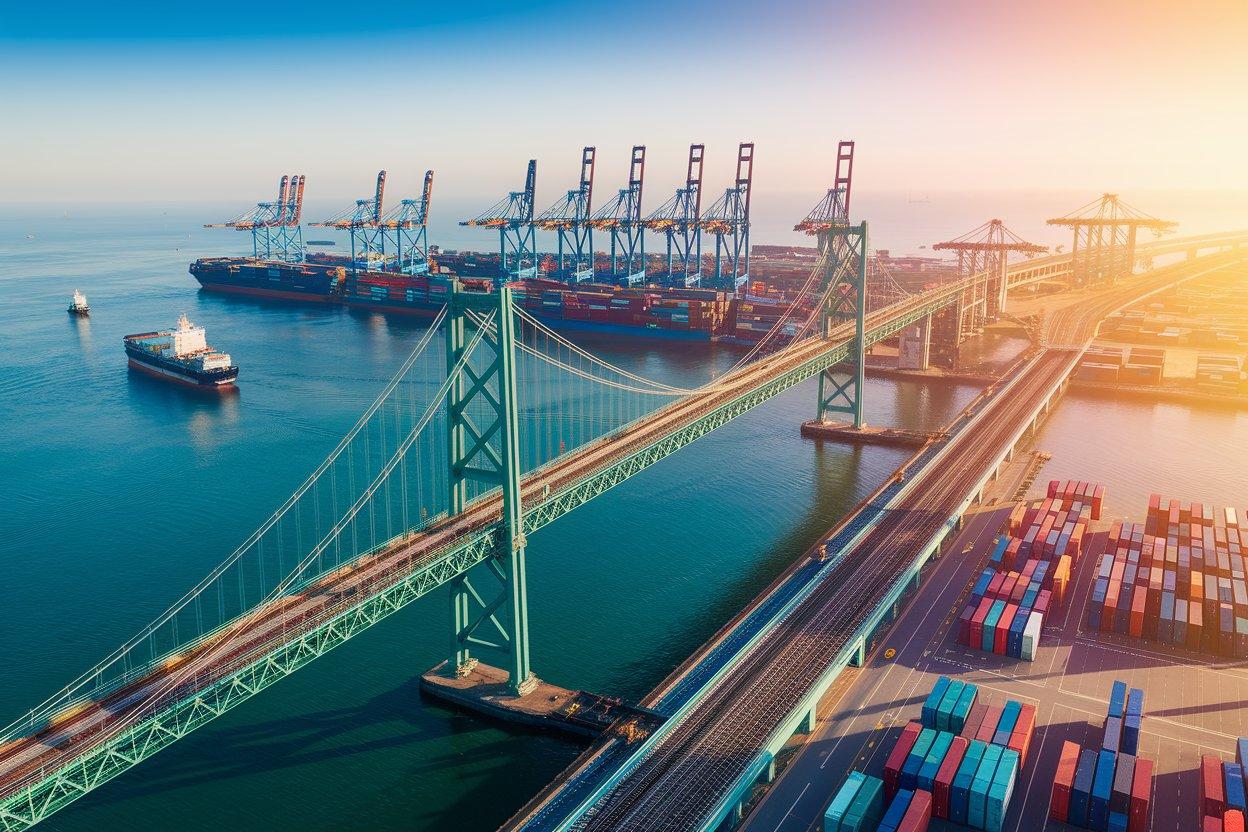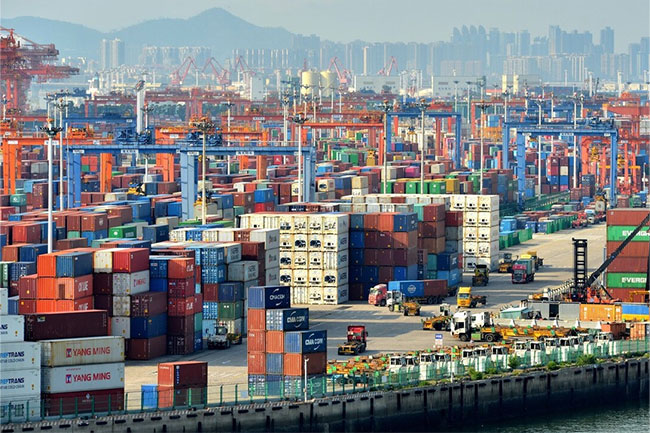- Shanghai Zhongshen International Trade Co., Ltd. - Two decades of trade agency expertise.
- Service Hotline: 139 1787 2118

Contents
ToggleEquipmentExport RepresentationWhat does the cost consist of?
According to the 2025 International Trade Service Standards, professional agency service fees typically include five core modules:
- Basic service fee: Document preparation, document review, and interpretation of trade terms
- Transportation and Logistics Fees:
- Container Leasing (Price Difference Between 20GP and 40HQ Reaches 40%)
- Special transportation (oversized equipment requires flatbed trucks + police escort)
- Customs clearance fee: HS code classification, commodity inspection registration, certificate of origin
- Tax payment agency: Tariff pre-audit, preparation of VAT deduction documents
- Presentation of L/C documents: 800 - 1500 yuan per order
- Agency for export tax rebate: 5% - 8% of the tax rebate amount
What are the differences in mainstream pricing models for 2025?
Currently, there are four main billing methods in the market, each with its applicable scenarios:
- Fixed Rate System: Charge 0.8%-1.5% of the equipment value (suitable for standardized equipment).
- Tiered pricing system:
- For cargo value below USD 500,000: $1,200 base fee per shipment + $8 per cubic meter.
- Goods value between $500,000 and $2 million: No base fee, charged at 0.6% of the goods value.
- Cost-plus pricing system: Actual incurred expenses + 15% service fee (complete invoices must be provided)
- Mixed billing system: Basic service annual package + single shipment fee (suitable for enterprises with 20+ annual exports)
What factors can lead to differences in the final quotation?
According to data from the General Administration of Customs in 2023, the same valueEquipment ExportCost fluctuations can reach up to 23%, with the main influencing factors including:
- Equipment Characteristics: Hazardous chemical equipment requires MSDS certification (additional $200-500).
- Trade terms:The DDP terms are on average 18% more expensive than FOB.
- Exporting country policy: Southeast Asian countries require CTN certification (Myanmar to be added in 2025)
- Service Provider Qualifications: AEO-certified enterprises can enjoy reduced inspection rates (saving 2-3 days of demurrage fees).
How to avoid hidden - charge traps?
Based on the analysis of trade dispute cases over the past three years, special attention should be paid to the following seven common additional charges:
- Amendment fee ($50 per time, doubled after exceeding 3 times)
- Demurrage (starting from $120/day, may reach $400 for oversized equipment)
- Night Operation Fee (30% surcharge for loading/unloading after 20:00)
- Anti-terrorism surcharge (fixed at $25 per ticket for US routes)
- Fumigation fee (wooden packaging mandatory $85)
- Foreign exchange conversion fee (0.3%-0.5% of the cargo value)
- Emergency reserve fund (typically set aside at 5% of the contract amount).
What are some practical techniques for price negotiation?
Based on the procurement experience of Fortune 500 companies, three strategies are recommended:
- Long-term framework agreement: Enjoy a 20% discount by committing to the annual export volume.
- Service module breakdown:Self-handling of documents can reduce costs by 35%.
- Installment payment plan: 30% down payment + 50% after shipment + 20% upon customs clearance
Authoritative Answers to Common Questions
Q: 20-ton injection molding machinefor containers exported to the USWhy is there a $3,000 difference in the quotes?
A: The difference primarily stems from the transportation solution chosen: a standard flat rack container at $4,500 versus a specialized engineering vehicle at $7,500, with the latter including equipment mounting brackets and shockproof treatment.
Q: Can I choose my own freight forwarder to reduce logistics costs?
A: The "designated freight forwarder" model is negotiable, but the agency service fee will need to be increased by 10%-15% due to the involvement of multi-party coordination and division of responsibilities.
Q: Is there an industry standard for the minimum service fee?
A: The China Council for the Promotion of International Trade stipulates that the basic service fee for a single ticket shall not be less than $800 (excluding transportation and government fees).
Related Recommendations
Contact Form
? 2025. All Rights Reserved. Shanghai ICP No. 2023007705-2  PSB Record: Shanghai No.31011502009912
PSB Record: Shanghai No.31011502009912










